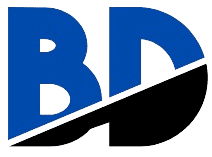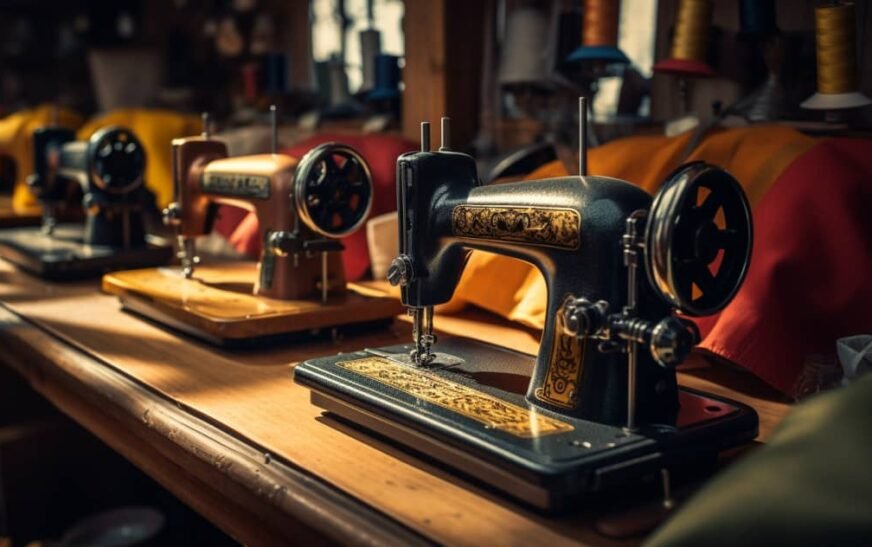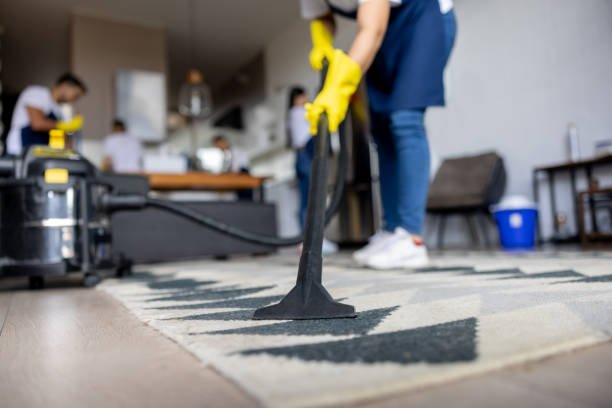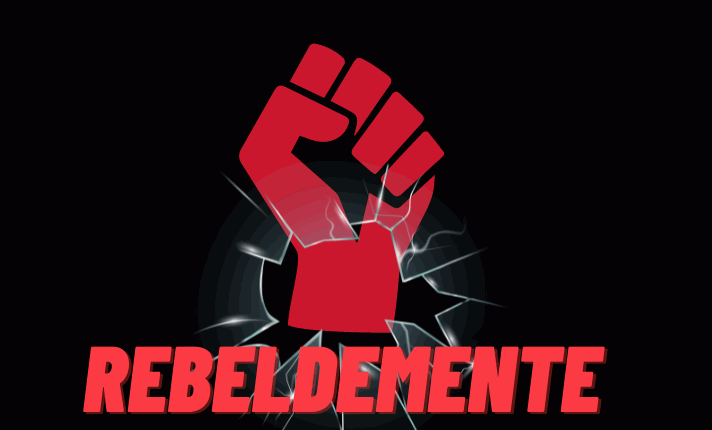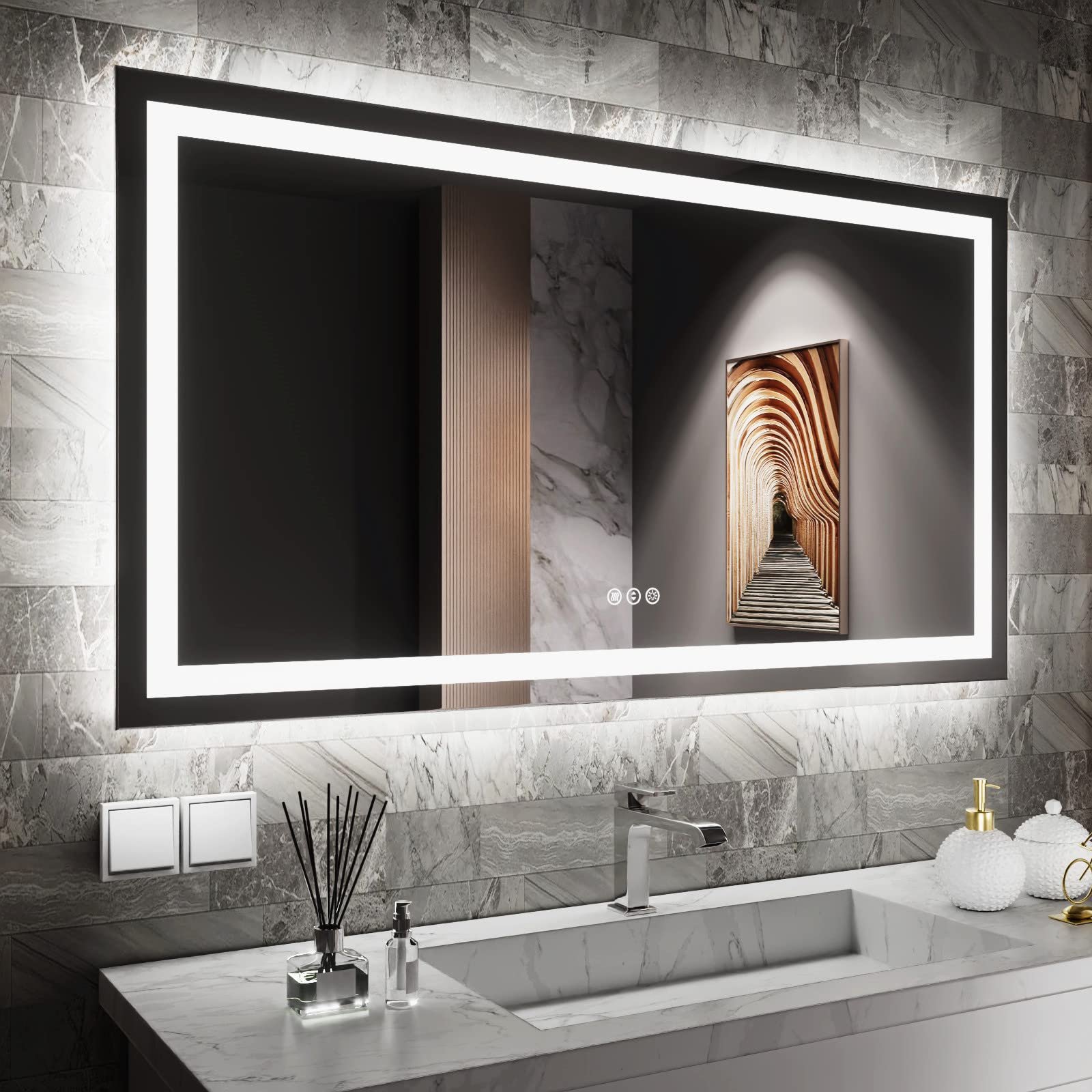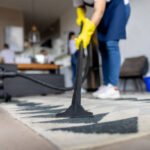Key Takeaways:
- Understanding different types of sewing machines and their uses.
- Factors to consider before purchasing a sewing machine.
- Standard features and functions to look for in sewing machines.
- Insights into maintaining and extending the life of your sewing machine.
Table of Contents:
- Introduction
- Types of Sewing Machines
- Factors to Consider Before Buying
- Common Features and Functions
- Maintenance Tips for Longevity
- Conclusion
Sewing machines have revolutionized the way we create and repair textiles, providing a swift and efficient alternative to hand stitching. Whether you’re a novice or an experienced sewer, choosing the suitable sewing machine can significantly influence your craft’s outcome. For instance, a serger machine might be ideal for producing professional-quality seams and edges, making your finished products look store-bought. This guide aims to provide comprehensive insights into selecting the perfect sewing machine tailored to your needs, helping you navigate the multitude of options available in the market.
Types of Sewing Machines
Mechanical sewing machines are user-friendly and suitable for beginners, offering basic stitch options and manual operation. They are affordable and durable, requiring less maintenance than electronic and computerized models. Electronic sewing machines offer more precision and functionality, with automatic threading, adjustable stitch length and width, and built-in stitch patterns. They can handle a broader range of fabrics and are ideal for experimenting with new techniques.
Computerized sewing machines are equipped with advanced features and programmable stitch options, catering to professional sewers and large projects. They often include LCD screens and USB ports for importing designs, allowing for intricate stitching patterns. They are ideal for extensive quilting projects, embroidery, and custom garment creation. However, they come with a higher price tag and a steeper learning curve, making them best suited for regular sewing users.
Sergers, also known as overlock machines, are specialized for finishing seams and edges, producing professional-quality garments with clean, fray-free edges. They use multiple threads to create strong, durable seams and can trim excess fabric while sewing, saving time and enhancing the finish of projects. Investing in a serger can elevate sewing projects by providing a polished, high-end look typically achieved in professional garment manufacturing.
Factors to Consider Before Buying
Before purchasing a sewing machine, consider several factors.
- Budget: A budget is crucial in determining the type of sewing machine you can afford. It’s essential to balance cost with the features and quality needed for your projects. Investing in core features like multiple stitch options, an automatic needle threader, and a sturdy base can provide more value in the long run.
- Skill Level: Consider your sewing expertise. Beginners may benefit from simple models, while advanced sewers may need specialized machines for complex projects. Beginners may benefit from simple threading, easy-to-navigate controls, and basic stitch options. Advanced sewers may prefer machines with customizable stitch settings, embroidery capabilities, and extensive patterns.
- Intended Use: The primary purpose of your sewing machine should guide your choice. For example, quilting enthusiasts may need a larger throat space and advanced quilting stitch options, while garment construction enthusiasts might prioritize buttonhole styles and precision stitching capabilities. Using a suitable machine for your specific needs will maximize efficiency and improve the quality of your finished projects.
- Frequency of Use: Investing in a durable and robust machine is advisable for frequent sewing. Heavy-duty machines can handle thicker fabrics and multiple layers, while entry-level models may suffice for occasional sewers. Even if you sew sporadically, it’s essential to invest in a machine that offers reliable performance and won’t wear out quickly.
Common Features and Functions
Modern sewing machines come with a wide range of stitch options, including straight, zigzag, and decorative stitches, allowing for greater versatility and creativity in projects. Understanding these options can help achieve professional results. Automatic features like automatic threaders, tension control, and buttonhole functions can save time and enhance the sewing experience, especially for beginners. These features eliminate the frustration of threading the needle and ensure consistent stitch quality. Built-in buttonhole functions add a professional touch to garments, reducing the learning curve and improving overall efficiency.
Speed control is another essential feature, allowing users to regulate the sewing pace, particularly for intricate or detailed work. Faster speeds are suitable for long, straight seams, while slower speeds provide better control for complex patterns and curves. Machines with speed control features match the sewing pace to the user’s skill level and project requirements, ensuring accurate and neat stitches. This flexibility enhances the sewing experience by providing a personalized approach to various tasks and materials.
Maintenance Tips for Longevity
Regular cleaning is crucial for the longevity of your sewing machine. It removes lint, dust, and thread buildup, preventing damage and ensuring smooth operation. Regular cleaning of the bobbin case, feed dogs, and other parts can prolong the machine’s lifespan and ensure consistent performance. Lubrication, following the manufacturer’s guidelines, reduces friction and extends the machine’s lifespan.
Applying the recommended oil type sparingly can prevent excessive wear and tear, resulting in a quieter and more efficient machine. Professional servicing, which includes cleaning, oiling, and adjusting the machine to factory settings, helps identify and fix potential issues before they become significant problems. Regular check-ups can catch minor issues early, preventing costly repairs and prolonging the machine’s life.
Conclusion
An essential first step in your sewing adventure is selecting a suitable sewing machine. You may make an informed choice by being aware of the many machine kinds, taking into account important variables, and knowing the essential qualities to search for. To guarantee that your equipment keeps performing at its best for many years to come, remember to do routine maintenance on it.
An excellent sewing machine may improve your crafting experience, regardless of whether you’re starting a project for the first time or want to update your existing setup. Purchasing the appropriate tools not only enhances the quality of your seamstress but also adds enjoyment and satisfaction to the job.
